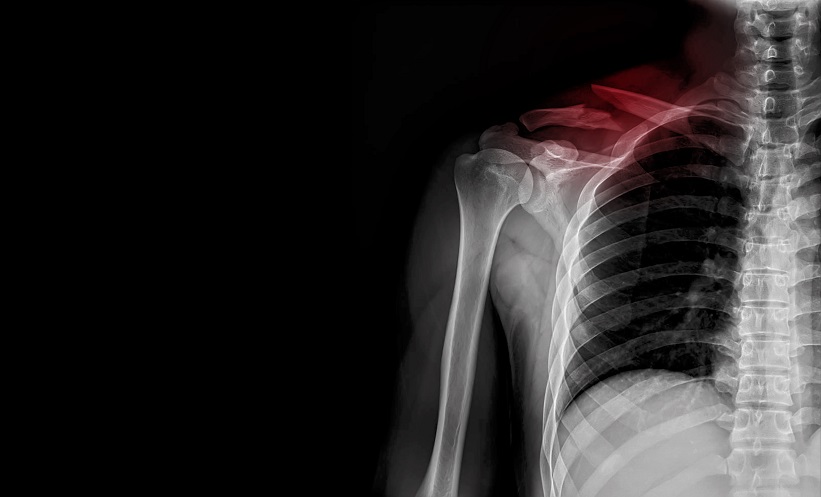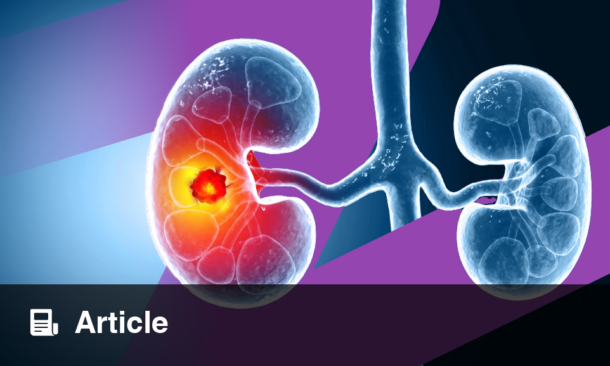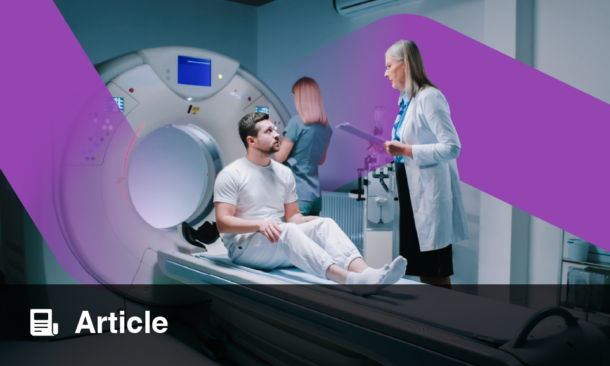MACHINE learning could reshape how clinicians assess focal bone lesions, offering a more consistent and data-driven alternative to current reporting systems. In a recent multicentre study, researchers developed and validated an algorithm using radiologic features to distinguish between benign and malignant bone tumours. The team also proposed an updated classification framework (Bone Tumor Imaging Reporting and Data System [BTI-RADS] 2.0) to enhance risk stratification. A key finding was that BTI-RADS 2.0 achieved 96% sensitivity in detecting malignant bone lesions, closely matching expert human performance.
To develop the model, researchers conducted a retrospective study across 10 centres, including 1,113 patients who had undergone radiography or CT, and MRI, between 2009 and 2022. The data was split into a training set (298 patients) and a test set (815 patients). A total of 80 radioclinical features were initially assessed, with 27 selected using bootstrapped χ² feature selection. These features informed an extreme gradient boosting (XGBoost) model, trained and validated using nested cross-validation. The resulting continuous outputs were thresholded into seven BTI-RADS 2.0 risk classes, designed to guide malignancy risk assessments.
The final XGBoost model achieved an F1 score of 0.81 (95% CI: 0.78–0.84) on the test data, performing just slightly below a panel of 28 expert radiologists who achieved an F1 score of 0.83 (95% CI: 0.80–0.85; P<0.001). BTI-RADS 2.0 effectively stratified malignancy risk, with risk grades II to V corresponding to malignancy rates of 0%, 8.3%, 45%, and 92%, respectively. The model identified malignant lesions with 96% sensitivity (373 of 387; 95% CI: 94–98), demonstrating its clinical promise for early and accurate detection.
While the study shows encouraging performance, limitations include its retrospective design and reliance on structured reports, which may not reflect real-world reporting variability. Further validation in prospective and non-academic settings is essential. Nevertheless, BTI-RADS 2.0 provides a tangible step toward standardised, risk-aligned reporting, with potential to streamline clinical decision-making and improve patient outcomes.
Reference
Lemore A et al. Enhanced CT and MRI Focal Bone Tumor Classification with Machine Learning-based Stratification: A Multicenter Retrospective Study. Radiology. 2025;DOI: 10.1148/radiol.232834.








